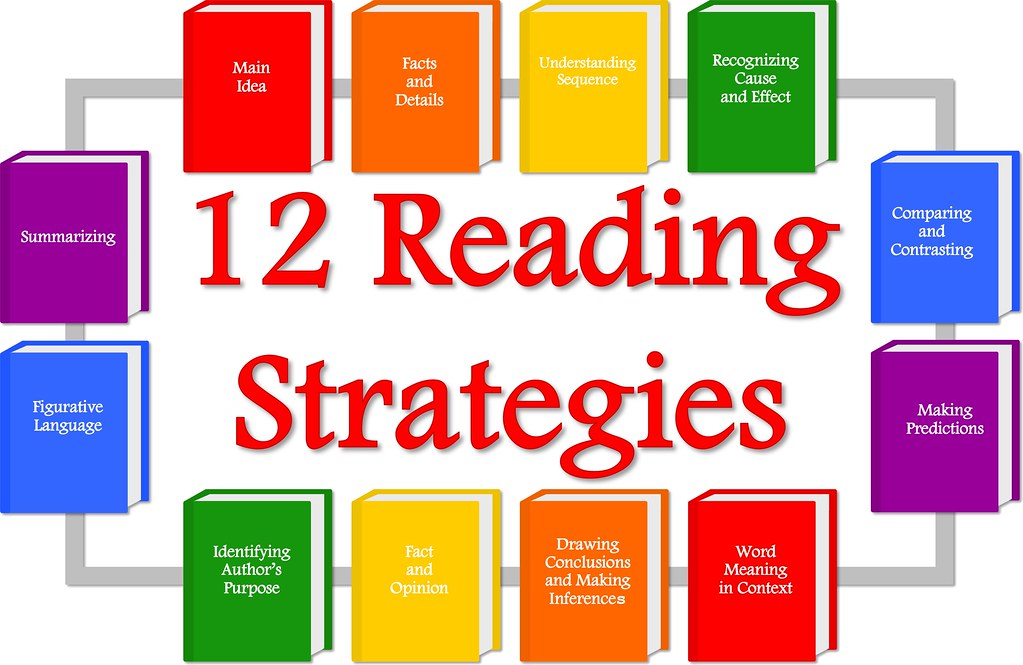

Close

Once upon a time, in the land of entrepreneurship and business, reigned an unpredictable beast named ”Cash Flow”. Taming it wasn’t easy and took much practice. However, those who mastered it significantly amplified their project’s success, making alliances with tranquility and profit. This article aims to help you – the brave project managers – formulate a strategy, hone your skills, and ultimately, conquer the beast and take charge of your project cash flow, turning this perceived villain into a faithful ally that powerfully drives your project to its destination. Welcome to the quest to manage project cash flow!
Effective project management is more than just focusing on timelines and deliverables. One of the crucial aspects that often get overlooked is cash flow management. Understanding and managing cash flows effectively is pivotal because, like the lifeblood coursing through veins, money fuels projects and keeps everything running smoothly. Delayed payments, underestimated project costs, or overspending on specific areas can significantly hamper your project’s progress, potentially leading to its halting.
Let’s delve a bit deeper:
Whether your project is small or large, profit or non-profit oriented, effective cash flow management can be the difference between success and failure. Project managers should consider this a top priority and master the strategies to ensure smooth financial sailing of their projects. Cash flow management, thus, isn’t just about skill – it’s about project survival.
If your company’s financial health seems to be in decline, it might be due to inefficient cash flow management. Insufficient tracking or planning of cash inflows and outflows can lead to unwanted consequences. Some tell-tale signs can alert you to this issue before it spins out of control.
Unexpected Shortages: If you’re often caught off guard by sudden cash shortages or find your business rapidly draining funds, this can be a marker of poor cash management. Tight cash situations can arise from unplanned expenses, but experiencing them regularly indictates that you are not forecasting well. Poor Collection Strategies: Difficulty in collecting payments from customers can greatly disrupt your cash flow. If your payment terms aren’t strict, or effectively implemented, you’re most likely leaving money on the table. Untimely Payments: Falling behind on bills isn’t just bad for business relationships, it could also imply that your company’s cash inflow and outflow are out of sync. Lastly, Lack of Growing Profits: If cash flow is managed effectively, the business should show progressively increasing profits. However, if the cash is tied up in unpaid invoices, excessive inventory, or unneccessary expenses, profit growth will stagnate.

Setting out a clear cash flow management plan from the very onset of your project is key in steering it to fruitful fruition. Maintaining a robust grasp of your project’s ongoing finances provides control, aids in accurate forecasting and risk mitigation, and ultimately, ensures that your project doesn’t run out of funds before completion. Remember, sound cash flow management is not just about ensuring there’s money in the bank; it’s about timing, analysis, forecasting and strategic planning.
Your cash flow management strategy should be adaptable, allowing for modifications as your project progresses. Remember, it’s not a static, one-time plan; it’s a dynamic part of your project management process that requires consistent attention and adjustment to keep your project on track financially.
Understanding the Theory: Cash Flow Management is the practice of tracking the company’s incomings and outgoings, forecasting future trends, and formulating developed strategies to ensure that the business never runs out of money. Simply put, it’s all about balancing the cash entering and leaving your business. Let’s illustrate this concept with a few real-life examples to show how businesses transit from theory to hands-on application.
Applying the Theory: Take, for instance, a local handmade soap retailer. The raw materials are purchased up front, the soaps are manufactured, packaged, and then pushed for sales. The gap between money out (raw material acquisition and soap production) and money in (sales of soap bars) could lead to financial instability. The retailer needs to negotiate terms with the suppliers for delayed payments, ensuring enough time to sell their inventory and generate cash flow. Moreover, pumping her sales through online platforms and providing attractive offers could escalate the cash inflow thus, managing the cash flow efficiently.
In another instance, consider a software consulting firm dealing with large, long-term projects. Their cash flow depends on payments tied to project milestones. If delays occur, it may result in a cash deficit. The firm could mitigate this by seeking up-front payments, instituting penalty clauses for late payments, and arranging for a line of credit to cover short-term cash challenges. These both examples illustrate the hands-on application of theoretical concepts in effective cash flow management.
In the vibrant dance of project management, the rhythm of cash flow continuity, once mastered, becomes a key chord to success. After all, it’s the lifeblood that fuels each element of progress. It helps ideas to blossom into action, resources to be harnessed effectively, and milestones to be reached on time. From planning to risk foresight, you’re now equipped to choreograph your project cash flows with grace and agility. Walk this fiscal tightrope with confidence, ensuring each project echoes a symphony of precision and profitability. The stage is yours; direct the drama of numbers and deadlines, turning the potential pandemonium into a harmony that resonates with the sweet notes of project success. After all, cash flow management isn’t just number juggling – it’s about conducting financial orchestration that leads your project towards growth, sustainability and victory.

